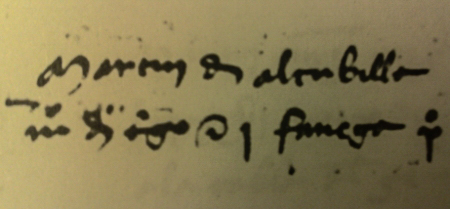When computer engineer Ray Tomlinson sent the first-ever network email in 1971, it travelled only a couple of inches – from one computer to another located side-by-side in Bolt Beranek and Newman’s – now Raytheon BBN Technologies – Cambridge, Massachusetts lab.
The messages he first sent were “entirely forgettable” Tomlinson, who passed away in 2016, later said. “I have, therefore, forgotten them.”
The form of email address he used, however, is far from forgotten. He instituted the ubiquitous @ sign which is present in each of the 2.5 million emails sent around the world each day today.
In searching for a symbol to set apart a computer user’s name form the computer host’s name, Tomlinson zeroed in on the @ because of its unpopularity – it was unlikely to be part of any user’s name.
“I was mostly looking for a symbol that wasn’t used much,” he said in the Smithsonian interview, “And there weren’t a lot of options — an exclamation point or a comma. I could have used an equal sign, but that wouldn’t have made much sense.”
Until then, the @ had served a homely purpose on typewriter keyboards. In English, it recalled its Latin roots, and translated roughly as “at,” was used as an abbreviation (mostly in the United States) for accounting purposes (e.g. 3 peaches @ $1 each).
The @ has its roots in Spain and Portugal, where it long ago faded from usage (except by Portuguese cork merchants and Brazilian cattle traders, according to Wikipedia). Historically it represented an “arroba,” a unit of weight, derived from the Arab ar-rub, meaning quarter, meaning the load that a donkey or mule could carry.
The first documented use of the @ or arroba was in 1448, on a customs form called the “Taula of Ariza,” from the Kingdom of Aragon. Historian Jorge Romance came across the @ in a customs register that recorded the exchange of an arroba and five fanegas of wheat between the kingdoms of Aragon and Castile, according to a report in the Heraldo.
All credit goes to Ray Tomlinson for saving the @ from obscurity. In fact, as Raytheon spokesperson Joyce Kuzman told The Guardian in an article about Tomlinson’s life, “It is a symbol that probably would have gone away if not for email.”
To learn more, about the history of the arroba, check out this fascinating article (in Spanish) in El Pensante.

